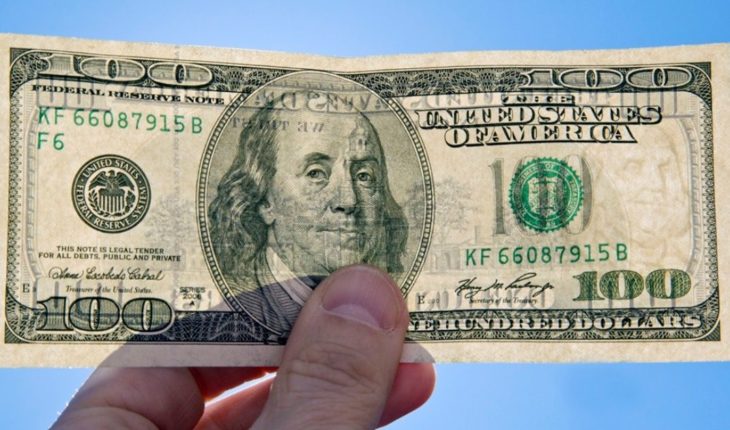From Sunday ones returned the exchange regulations to appease the financial turbulence we faced three weeks ago. Let’s review the measures: Limits on the purchase of foreign exchange: the cap is $10,000 per month for the purchase of foreign exchange or for transfers abroad by individuals. This does not imply a cap for the extraction of purchased dollars.
Legal entities will not be able to buy currency for treasure: it concerns companies and seeks to prevent them from cherling dollars. It does not impose limits on the sale or purchase of goods or services abroad but makes it impossible to dose to treasure.
Obligation to settle foreign exchange by export: Exporters of goods and services must enter the foreign exchange into the country within 5 working days after collection or 180 days after the boarding permit (15 days for commodities).
“Counted on Liqui” Regulations: empowers the Central Bank to avoid practices that succeed in circumventing previous measures. Remember that “liqui count” is a trade in which shares are purchased in foreign exchange-traded pesos and then dollars are entered.
It takes from the selective default those natural persons who are within Common Investment Funds: it is important since the savings of many individuals were under this modality and were caught in the postponement of the maturity of payment.
Deferred Letters may be used to cancel Social Security debts: legal entities (companies) who remained within Treasury Bills ” re-profile” may use these debt securities to cancel Social Security obligations 31 July.
But what are the implications of these measures? Although before the word “exchange rate” appears in the collective memory the emergence of “trees” in Florida Street the characteristics of this trap, model 2019, make us take into account other markets. Blue dollar
First let’s clarify what we have closest: the “trees”. As in any illegal market the price is usually more expensive, and that is why the quote is currently at $62.50/$63 although it may vary by area.
Only 1,500,000 Argentines buy dollars. Half (800 thousand) buy 500 dollars x month.
How many can buy more than $10,000 x month? 26 thousand people (less than 2% of those who buy dollars)
Only 47 people bought more than $50,000 in July.
BCRA Source — Lalo Zanoni (@zanoni)
September 4, 2019
The rule is that the harder it is to get official dollars (those bought at the bank or foreign exchange) the more gap there is going to be between the retail legal dollar and the blue. However, as the physical income is at $10,000 per month it is not expected that this circuit will grow much as there is ease to get the currency on the formal circuit. Dollar counted with liquidation
Summarized as a CCL dollar by its acronym or dollar counted with liqui, it is obtained through a transaction where an investor or a company buys shares or government bonds that are listed on the local market and abroad. The acquisition of the asset is made in the local market, bought in pesos, and sold in dollars in the external market. In this way, through the active buying/selling it manages to pass pesos to dollars and also deposits it in accounts outside the national circuit, since they are collected in the foreign market.
#Leliq Today: (1st Auction, there are 2)Expiration $200,413 M
Awarded $116,255 M
Average rate 85.66%
Maximum rate 86% This week is due $1,038,678 M
Stock $1,005,503 M Record Rate CCL Dollar $60.30⬇️⚠️ #RiesgoMacri 2,384 pb⬇️ #BolaOcho #ChubutEnLucha — Carlos Riello (@riellodecba)
September 4, 2019
While it is not an illegal operation, it allows companies to skip the regulation established by Sunday’s decree, which stipulates that legal persons cannot acquire foreign exchange to treasure. Therefore, this is the market to look at and its quote has to be compared with the wholesale segment. MEP Dollar
The Dollar Electronic Payment Market (MEP), also known as the Stock Exchange Dollar, is obtained by buying a national bond in pesos but which is convertible to a dollar-traded bond. So, he bought a bonus in pesos and sold it in dollars at the local market.
wholesale #Dólar $55.90
Dollars Nation Bank $57
Blue dollar $61
Mep Dollar $58.82
YPF Dollar $62.64
Country risk 2,392 -5.5%
Merval +2% — Christian Buteler (@cbuteler)
September 4, 2019
It is also a legal operation but it is kept in the local square, without resorting to external accounts. The person (physical or legal) must have an account on the Exchange and a bank cash in dollars in order to deposit the result of the transaction. In this note:





